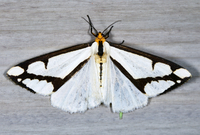
| Recorded by: Marilyn Westphal on 2025-11-04
Henderson Co.
Comment: | 
| Recorded by: Marilyn Westphal on 2025-11-04
Henderson Co.
Comment: |
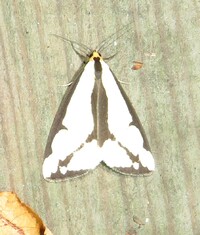
| Recorded by: B. Bockhahn on 2025-07-03
Macon Co.
Comment: | 
| Recorded by: B. Bockhahn on 2025-07-03
Macon Co.
Comment: |
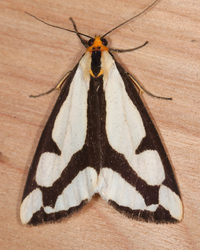
| Recorded by: Jim Petranka, Mark Basinger and Becky Elkin on 2025-06-25
Mitchell Co.
Comment: | 
| Recorded by: Mark Basinger on 2025-06-23
Buncombe Co.
Comment: |
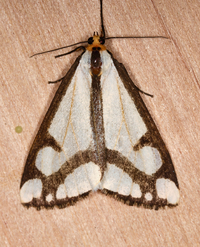
| Recorded by: Jim Petranka and Mark Basinger on 2025-06-23
Buncombe Co.
Comment: | 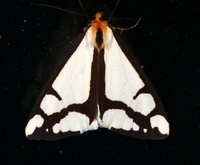
| Recorded by: Jim Petranka on 2025-06-13
Madison Co.
Comment: |
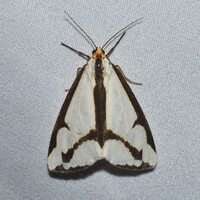
| Recorded by: Jeff Niznik on 2024-07-14
Watauga Co.
Comment: | 
| Recorded by: Jeff Niznik on 2024-07-14
Watauga Co.
Comment: |

| Recorded by: Jim Petranka and Becky Elkin on 2024-07-11
Madison Co.
Comment: | 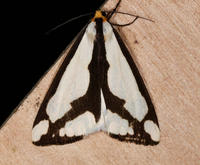
| Recorded by: Jim Petranka, Mark Basinger and Becky Elkin on 2024-06-25
McDowell Co.
Comment: |
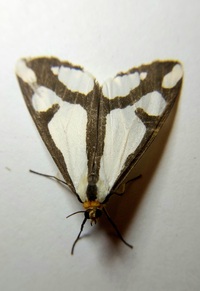
| Recorded by: Mark Basinger on 2024-06-24
Yancey Co.
Comment: | 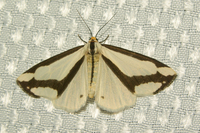
| Recorded by: Owen McConnell & Simpson Eason on 2024-06-21
Graham Co.
Comment: |

| Recorded by: Jim Petranka on 2024-06-21
Madison Co.
Comment: | 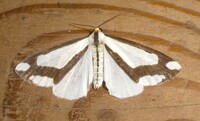
| Recorded by: Owen McConnell and Simpson Eason on 2024-06-19
Graham Co.
Comment: |
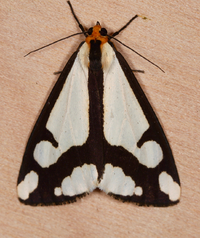
| Recorded by: Jim Petranka and Becky Elkin on 2024-06-19
Madison Co.
Comment: | 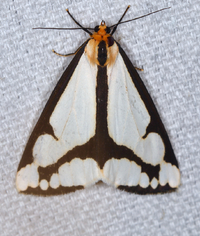
| Recorded by: Jim Petranka on 2024-06-16
Madison Co.
Comment: |

| Recorded by: Jim Petranka on 2024-06-13
Madison Co.
Comment: | 
| Recorded by: K. Bischof on 2024-06-12
Transylvania Co.
Comment: |
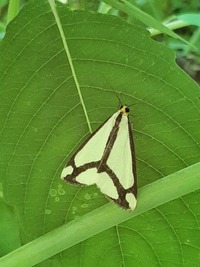
| Recorded by: Regina Patton on 2024-06-11
Jackson Co.
Comment: | 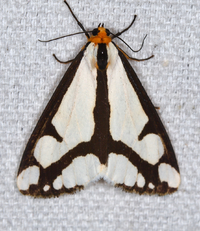
| Recorded by: Jim Petranka on 2024-06-10
Madison Co.
Comment: |
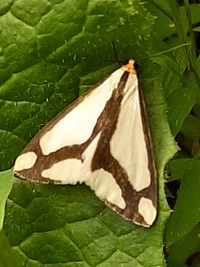
| Recorded by: Regina Patton on 2024-06-09
Jackson Co.
Comment: | 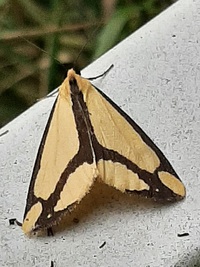
| Recorded by: Regina Patton on 2024-06-09
Jackson Co.
Comment: |
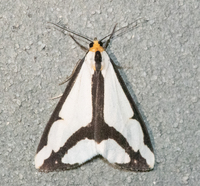
| Recorded by: Emily Stanley on 2024-06-08
Buncombe Co.
Comment: | 
| Recorded by: Jim Petranka on 2024-06-06
Madison Co.
Comment: |
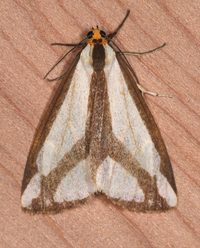
| Recorded by: Jim Petranka and Becky Elkin on 2024-06-03
Madison Co.
Comment: | 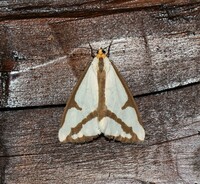
| Recorded by: Rob Van Epps on 2023-08-05
Watauga Co.
Comment: |
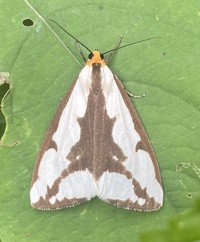
| Recorded by: Julie Tuttle on 2023-07-24
Mitchell Co.
Comment: | 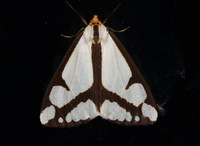
| Recorded by: Jim Petranka on 2023-07-08
Madison Co.
Comment: |
|

 »
»


